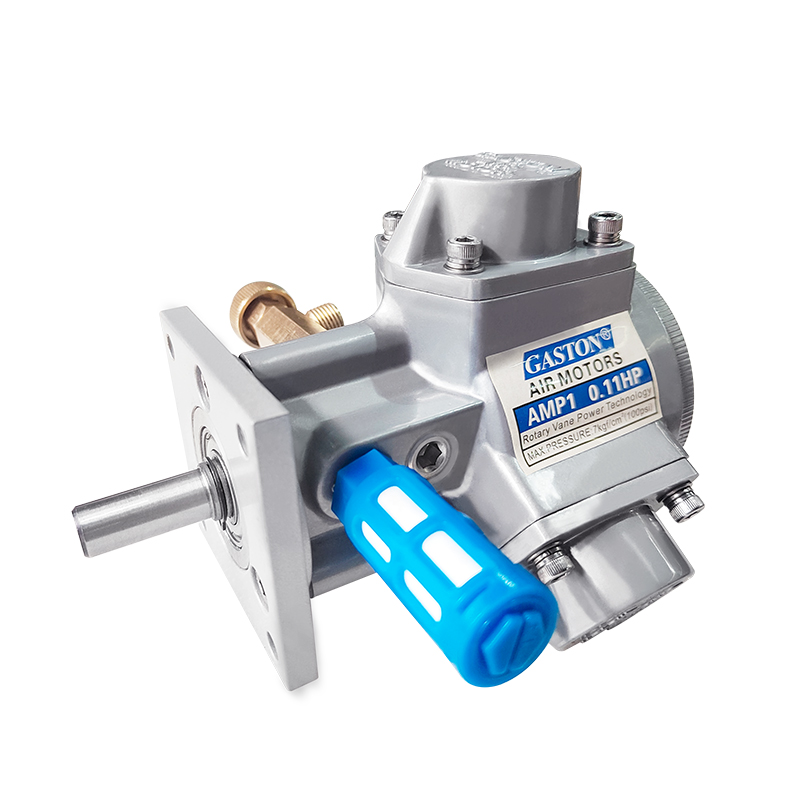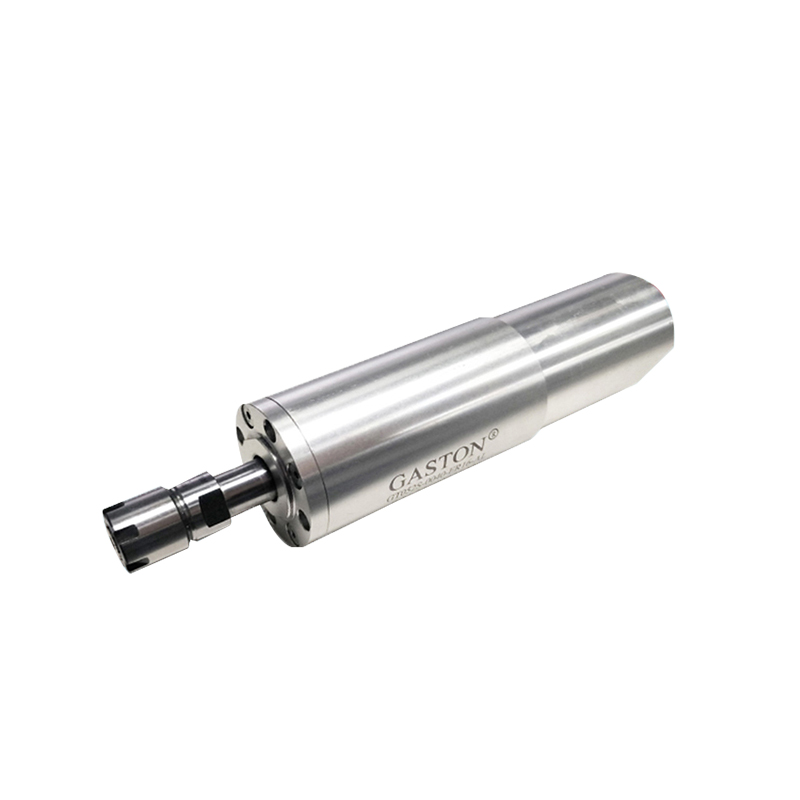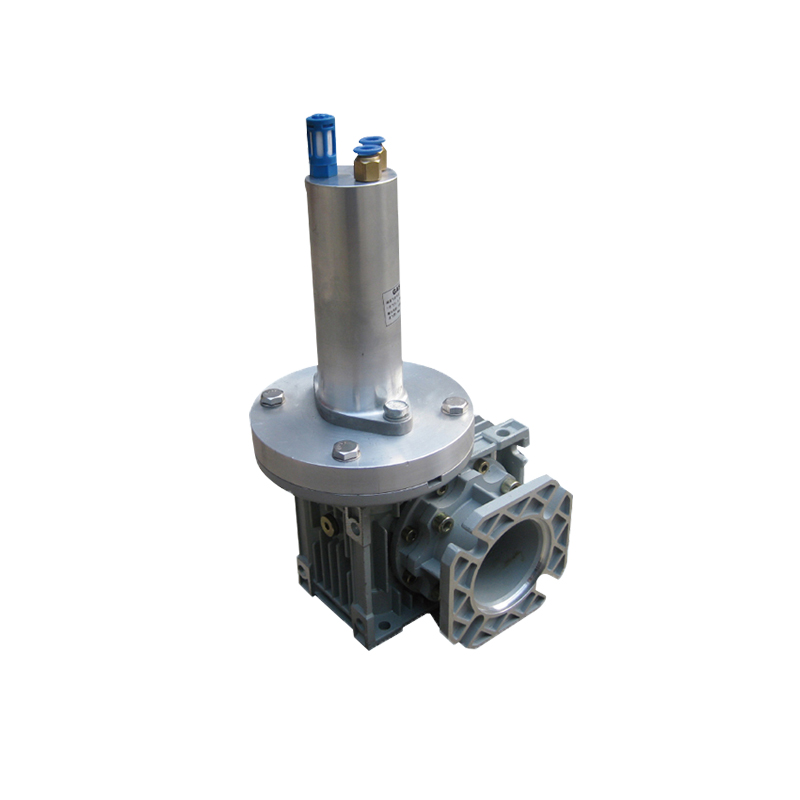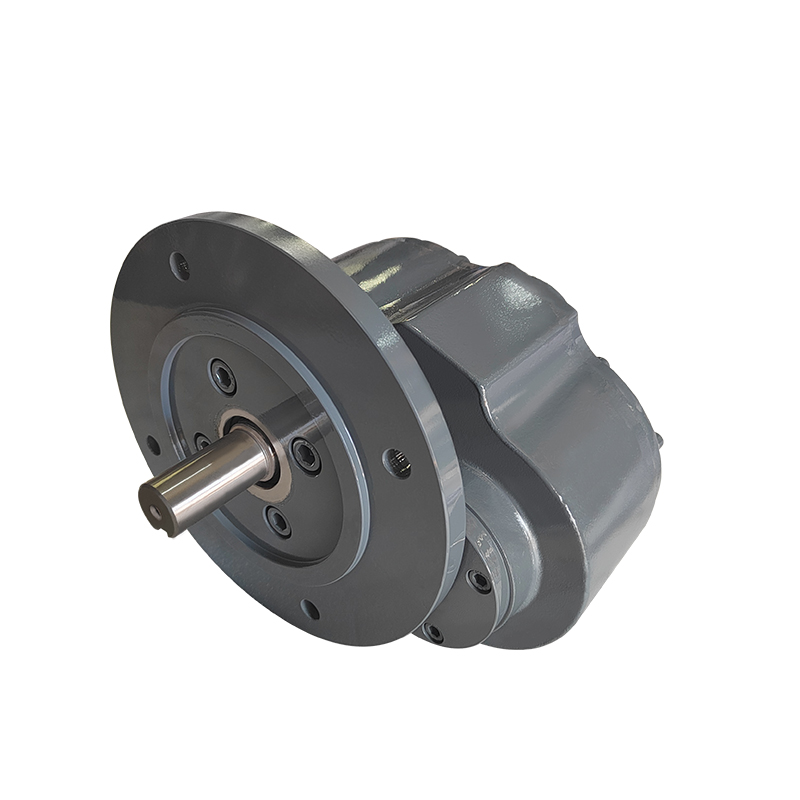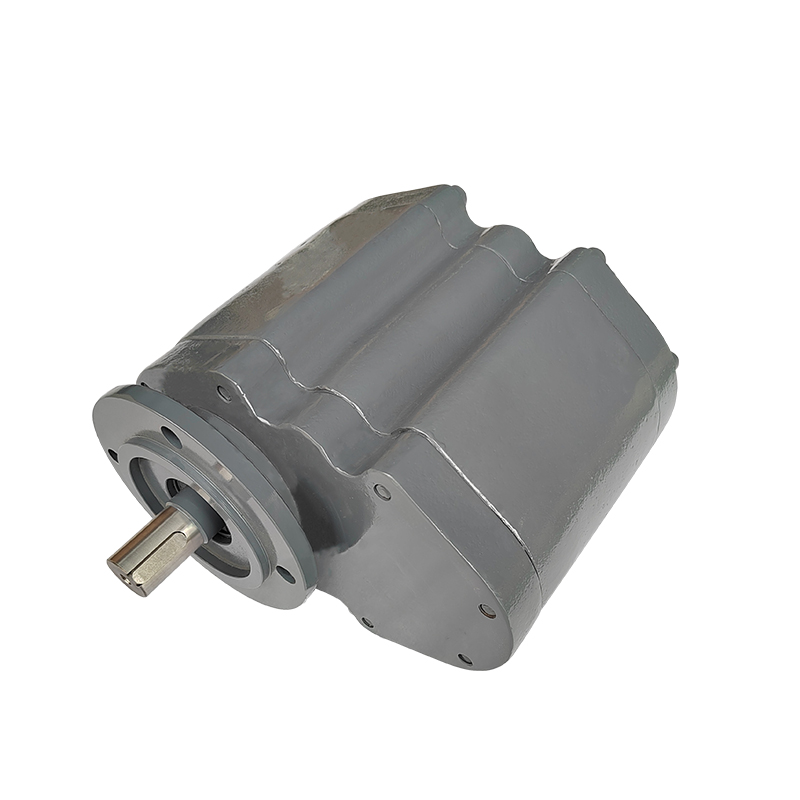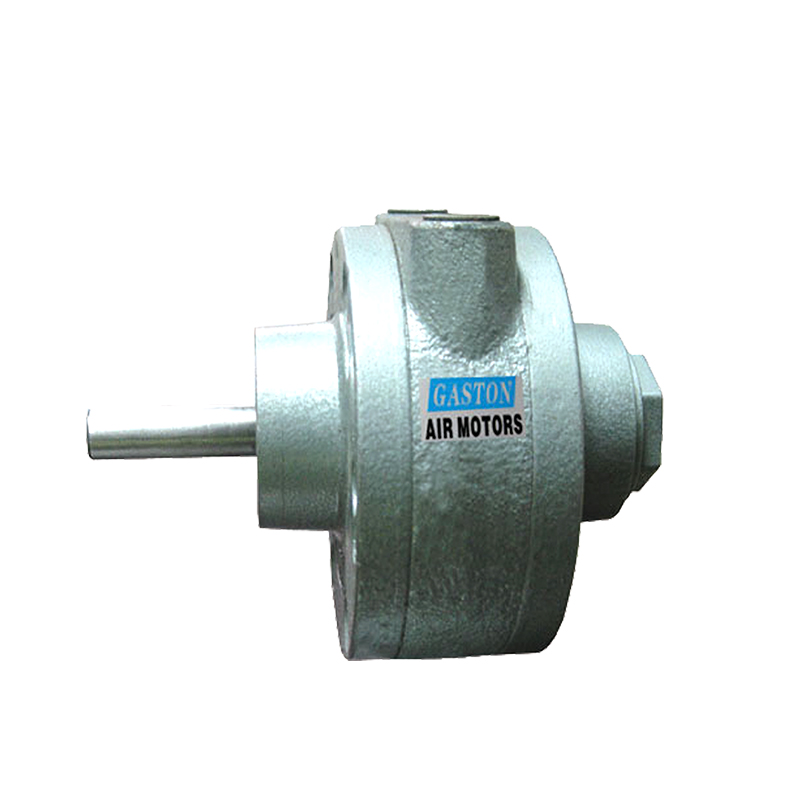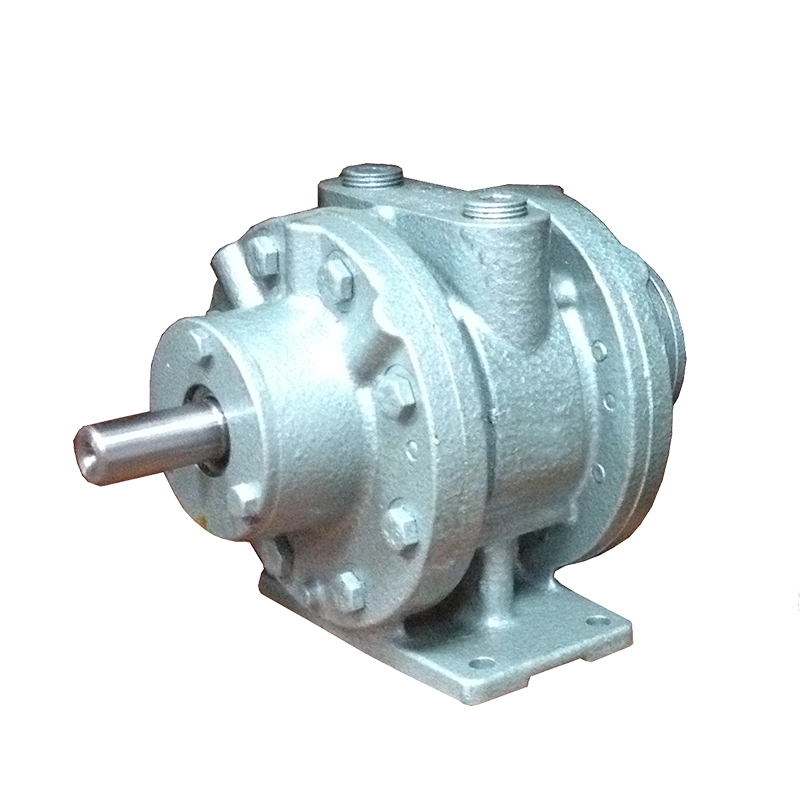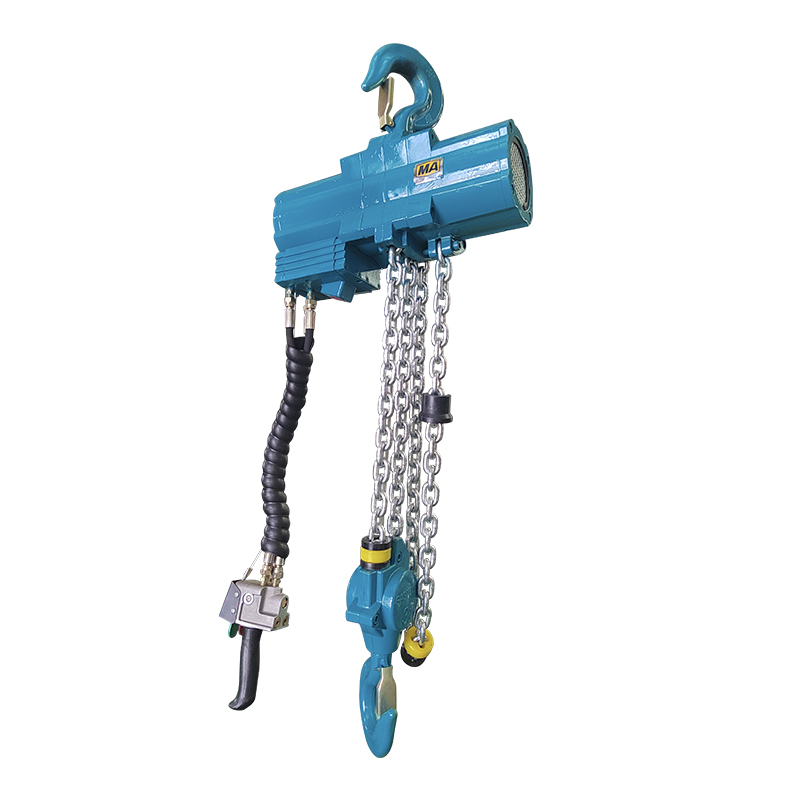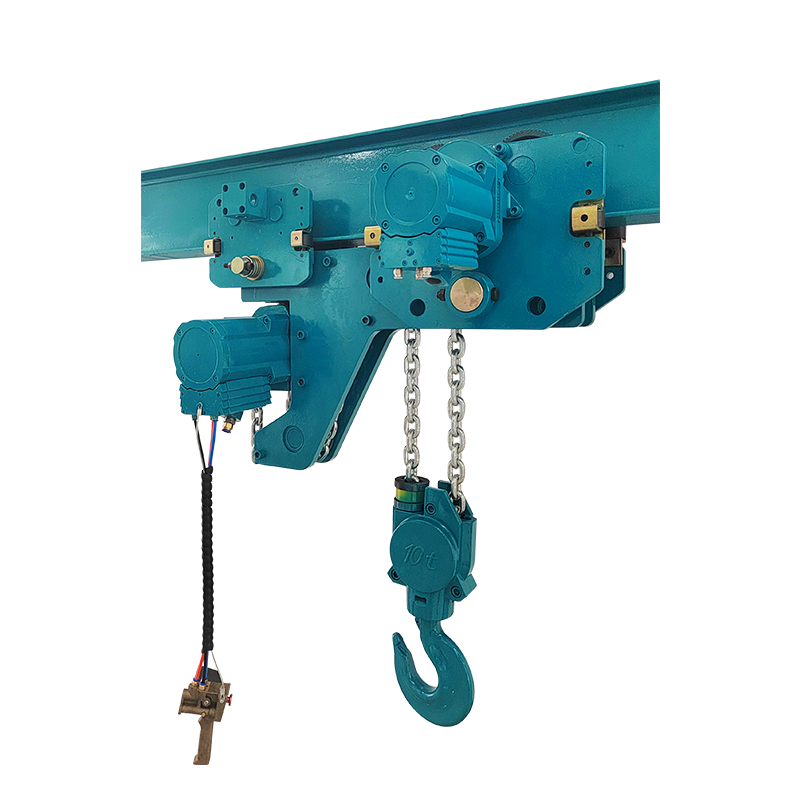Submit feedback
Positive Displacement Pneumatic Motors: An Efficient Solution for Industrial Power Transmission
 2025.09.01
2025.09.01
 Industry News
Industry News
In modern industry, the choice of power transmission equipment directly impacts production efficiency and operational stability. As a drive device powered by compressed air, the positive displacement pneumatic motor, with its unique operating principle and performance advantages, holds a crucial position in many industries. Its core feature is energy conversion achieved through the cyclical change of volume within a closed chamber, eliminating the need for electricity or fuel, providing safe and reliable power support for operations in high-risk, highly polluted environments.
Core Operating Principle of Positive Displacement Pneumatic Motors
Positive displacement pneumatic motors operate based on a volumetric energy conversion mechanism. Their internal structure comprises a rotor and stator that interact to form several variable, enclosed working chambers. When compressed air enters the motor, it drives the rotor to rotate within the stator. During this process, the volume of the working chamber expands and contracts as the rotor rotates. During the intake phase, the volume increases to accommodate high-pressure air, while during the exhaust phase, the volume decreases to expel low-pressure air. This cycle efficiently converts pneumatic energy into mechanical energy. This operating mode results in a significantly inverse relationship between the motor's output torque and speed. As the load increases, the speed automatically decreases, while the torque increases accordingly. This adaptive behavior allows for load-dependent changes without the need for additional speed control devices. This characteristic makes it particularly effective in applications requiring stable output force. Furthermore, because it uses gas as the working medium, sparks are virtually non-existent throughout operation, fundamentally eliminating the safety hazards associated with traditional electric motors in flammable and explosive environments.

Performance Advantages and Technical Features of Positive Displacement Pneumatic Motors
Compared to electric and hydraulic motors, positive displacement pneumatic motors offer unique advantages in several key performance indicators. Their starting performance is particularly exceptional, enabling instantaneous startup even under full load, with minimal starting current, minimizing impact on the power supply system. In contrast, electric motors often require a high starting current when starting under heavy loads, which can easily lead to circuit overloads.
In terms of environmental adaptability, positive displacement pneumatic motors exhibit exceptionally strong tolerances. They operate stably in environments with high dust concentrations, high humidity, and drastic temperature fluctuations, and their internal structure is less susceptible to failure due to external contaminants. Furthermore, pneumatic motors have relatively low maintenance costs, experience less wear on their core components, and generally have a longer service life than electric motors of the same power.
The energy conversion efficiency of a positive displacement pneumatic motor is closely related to the quality of the compressed air. Dry, clean compressed air effectively reduces corrosion and clogging of internal components, maintaining stable output power. Therefore, in practical applications, the installation of an appropriate air purification system is crucial for ensuring long-term, efficient operation.
Typical Application Scenarios and Industry Compatibility of Positive Displacement Pneumatic Motors
The characteristics of positive displacement pneumatic motors make them irreplaceable in a variety of industrial fields. In the petrochemical industry, where flammable and explosive gases or liquids are present in production environments, pneumatic motors are an ideal choice for driving agitators and opening and closing valves. Their spark-free operation eliminates potential safety hazards at the source.
In mining and tunneling, the high dust and humidity environments place stringent demands on the durability of power equipment. Positive displacement pneumatic motors can operate continuously under these harsh conditions, providing stable power for equipment such as rock drills and conveyors. Their strong vibration resistance makes them less susceptible to damage from frequent impacts.
Pneumatic motors also offer significant advantages in the food processing and pharmaceutical industries. They produce no oil pollution during operation, and their structural design facilitates cleaning and disinfection, meeting the industry's stringent hygiene standards. In assembly line operations requiring precise speed and torque control, stepless speed regulation can be achieved by adjusting the intake pressure to meet the power requirements of different processes.
Technological Development of Positive Displacement Pneumatic Motors
With the advancement of industrial automation, the technological development of positive displacement pneumatic motors is also advancing. The application of new materials is a key development direction. Core components manufactured from high-strength engineering plastics and wear-resistant alloys not only reduce the overall weight of the motor, but also further improve its corrosion resistance and service life.

Positive displacement pneumatic motors, with their unique operating principles and performance advantages, occupy a vital position in modern industrial systems. From safe driving in hazardous environments to precise control in precision manufacturing, their continuously expanding application scenarios demonstrate their strong technical vitality. With the continuous advancement of materials science and intelligent control technology, positive displacement pneumatic motors will play an increasingly important role in the efficient, safe, and environmentally friendly development of industry, providing reliable power support for technological upgrades in various industries.


 English
English русский
русский Français
Français Español
Español 中文简体
中文简体 عربى
عربى
